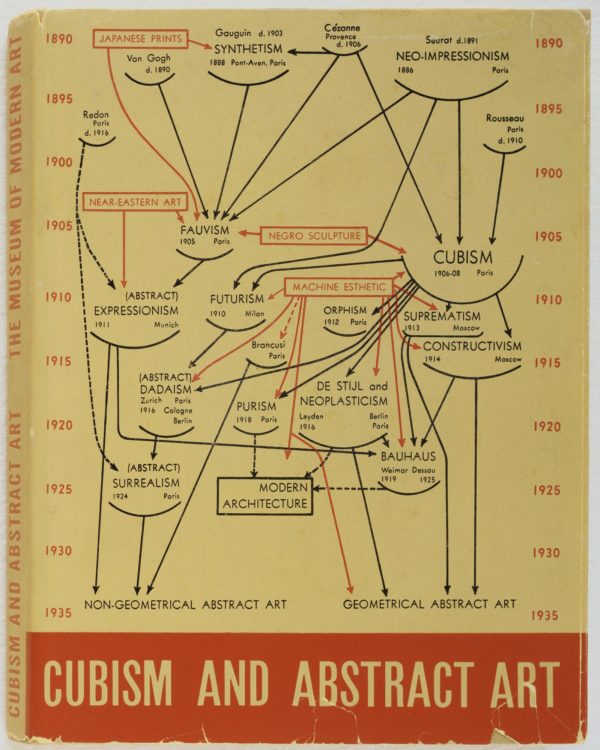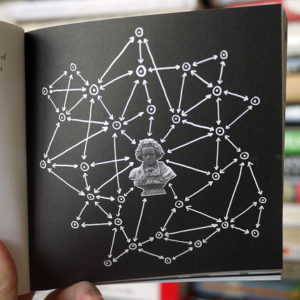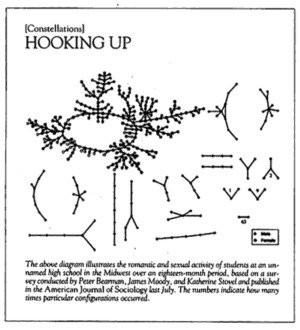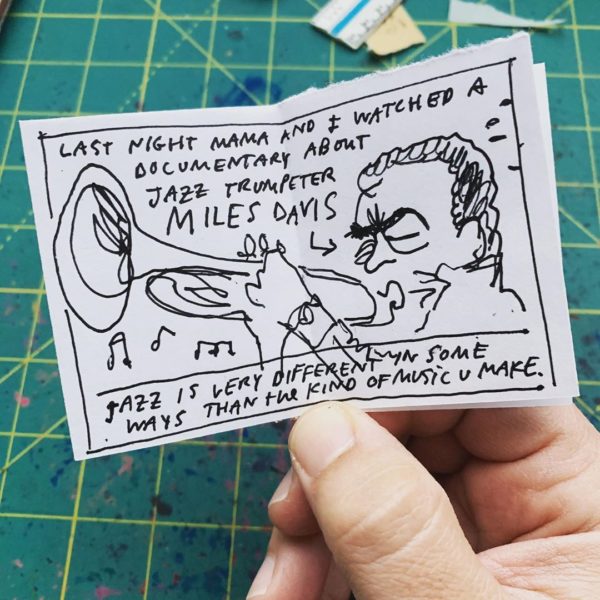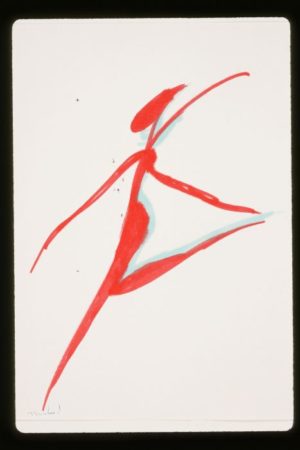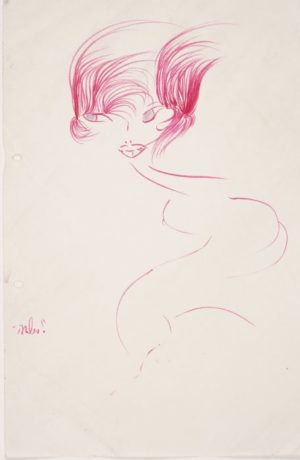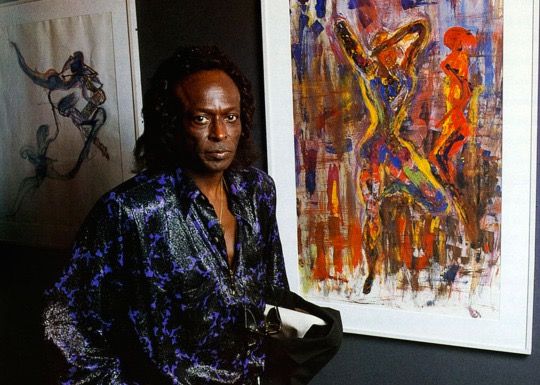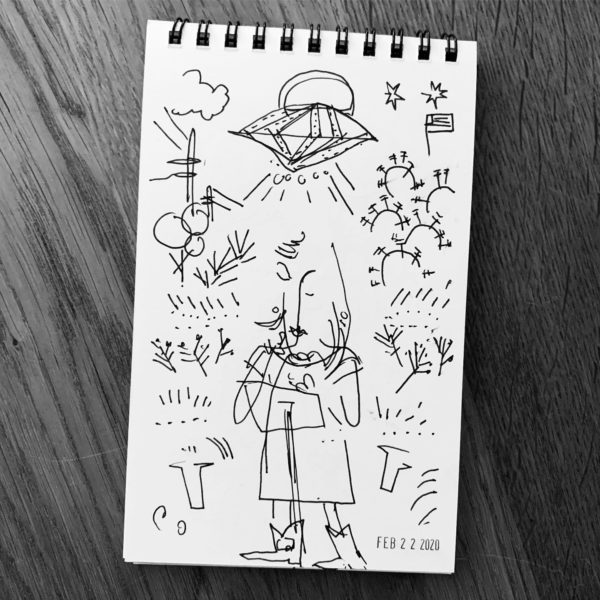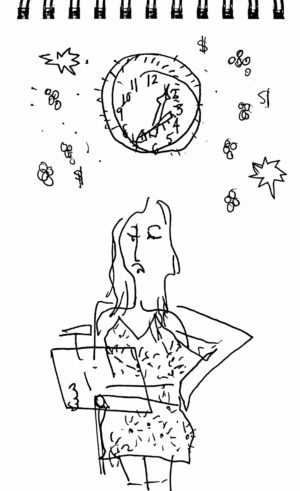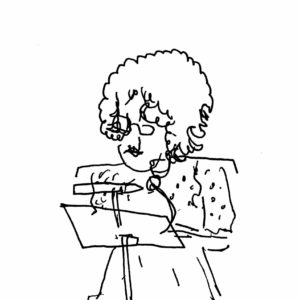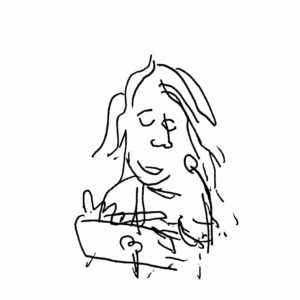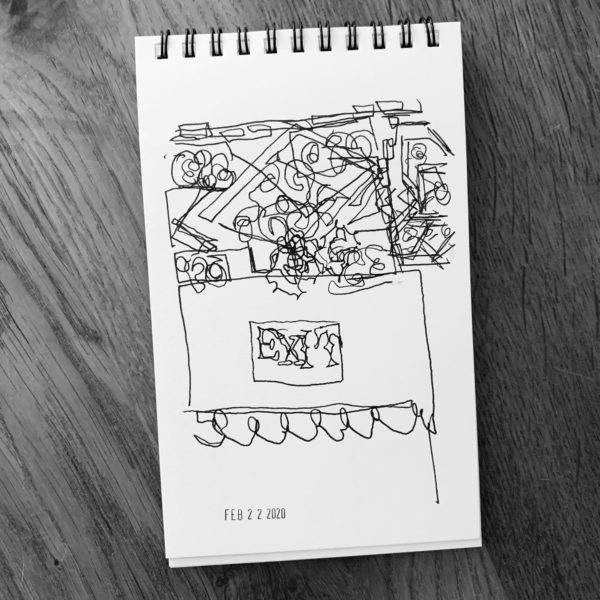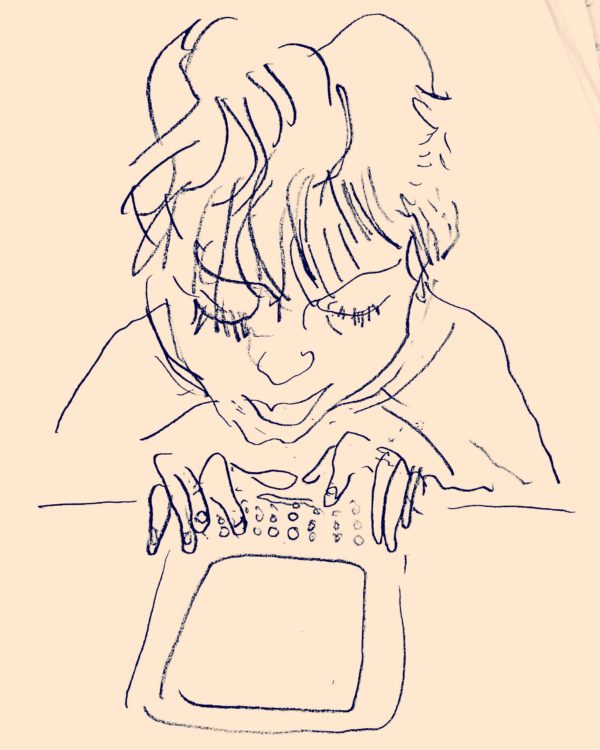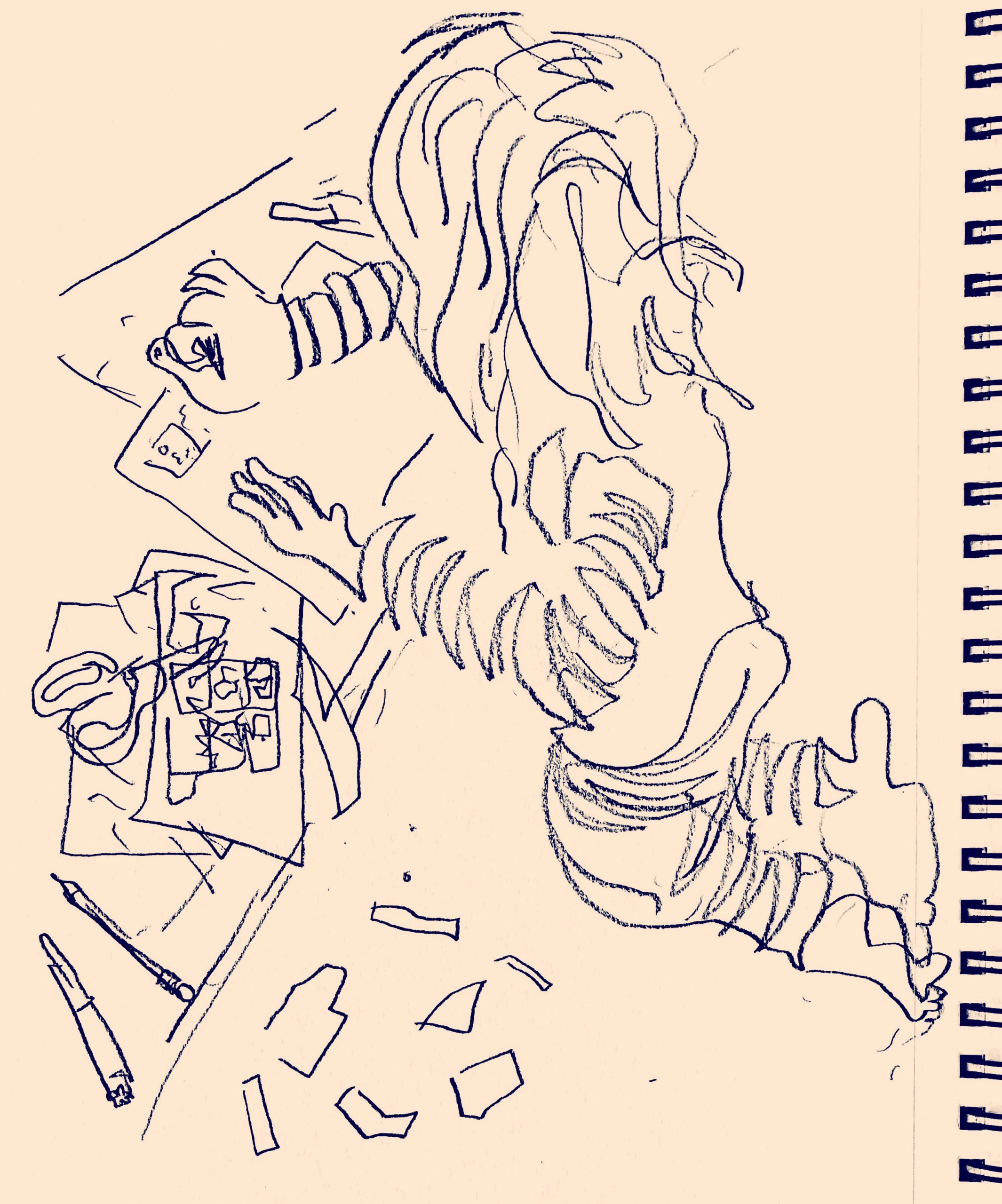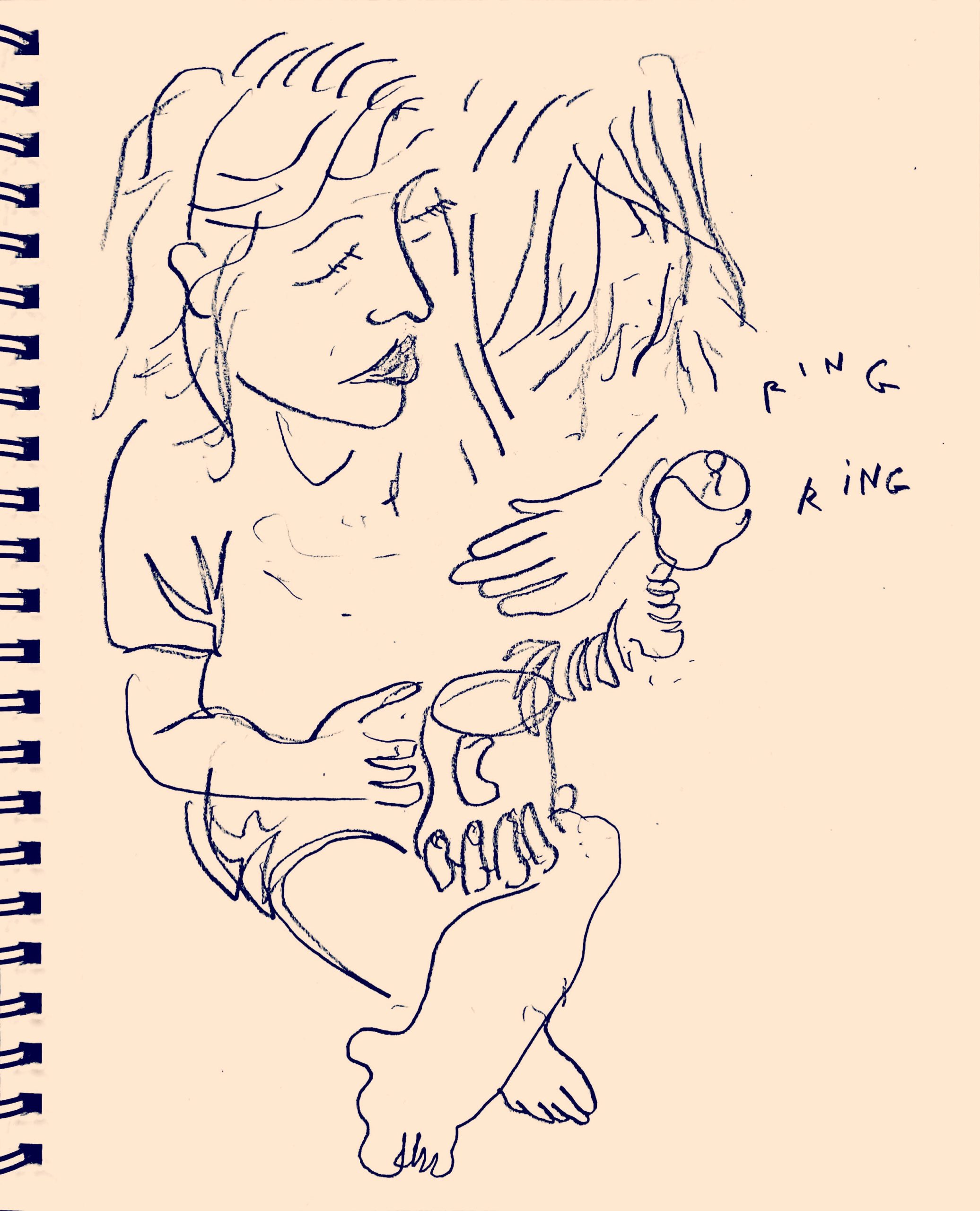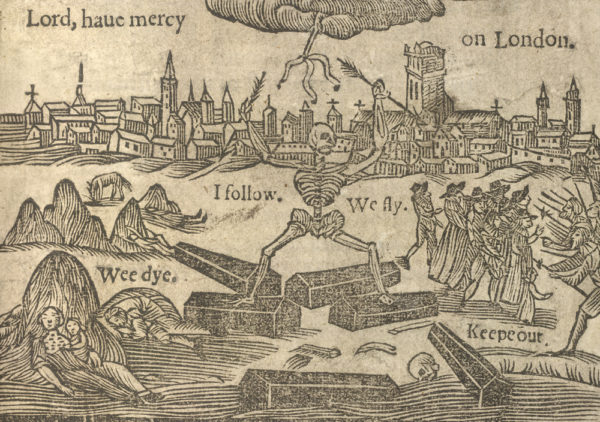
A passage from Ted Gioia’s How To Listen To Jazz:
Strange to say, new art forms are similar to the plague or a virulent flu in how they spread. Art and disease proliferate via contagion, and similar conditions favor both. Densely packed populations, many individuals coming and going via land and waterways, an overheated mixture of people recently arrived from different locales, informal settings where they intermingle in close contact, a culture and environment that emphasize communal activities and get-togethers—these are nightmare conditions for anyone trying to stop an epidemic, but they are the same ingredients that can spur world-changing artistic revolutions.
Jazz, for example, emerged in New Orleans, “one of the unhealthiest cities in the world.” “The first jazz records were released shortly after the 1918 flu epidemic decimated the city.” But before that, the Renaissance emerged around the time the Black Death was spreading through Florence. Plagues in London around Shakespeare’s time. “We talk nowadays of cultural memes going viral, but this isn’t just a poetic way of speaking.”
“Influence and influenza in fact have the same etymology,” notes Elisa Gabbert in her essay, “The Great Mortality,” collected in her forthcoming book, The Unreality of Memory:
“Pandemic” sounds to me like automatic hyperbole, like “pandemonium,” but it’s fairly well defined in epidemiology: Unlike an “outbreak,” which affects limited people in a limited area for a short time, or an “epidemic,” which affects a larger number of people in multiple areas at the same time, “pandemics affect many people in many parts of the world at the same time.”
(It would be interesting to map artistic movements to these terms.)
I’m thinking now of maps of scenius, the networks or scenes that lead to artistic movements, and how much they resemble the maps of viruses spreading:
(Clockwise from top left: a page from Show Your Work!, a MoMA map of modernism, a screenshot of a video game called Pandemic, a Harper’s diagram of the romantic and sexual activity in a midwestern high school.)

Here is a diagram of the spread of SARS, taken from Edward Tufte’s Beautiful Evidence. And an example from the same book, the cover of Cubism and Abstract Art:
